Have you ever wondered what differentiates these two delicious varietals, join us as we delve into the fascinating world of zinfandel and Merlot – from their origins and flavor profiles to their ideal food pairings. Whether you’re a seasoned oenophile or just beginning to explore the wonders of wine, understanding the differences between zinfandel and Merlot will surely enhance your drinking experience and expand your vinous knowledge.
What is Merlot
Merlot has long been celebrated as one of the most versatile and popular red wine varieties in the world. With origins tracing back to Bordeaux, France, Merlot is known for its smooth and velvety texture, making it not only a delight to drink but also a great companion with various dishes. Its distinguishing features are its moderate tannin levels and rich fruit flavors. While often blended with other grape varieties like Cabernet Sauvignon or Cabernet Franc, Merlot shines on its own, showcasing notes of black cherry, plum, chocolate, and occasionally even hints of herbs or tobacco.
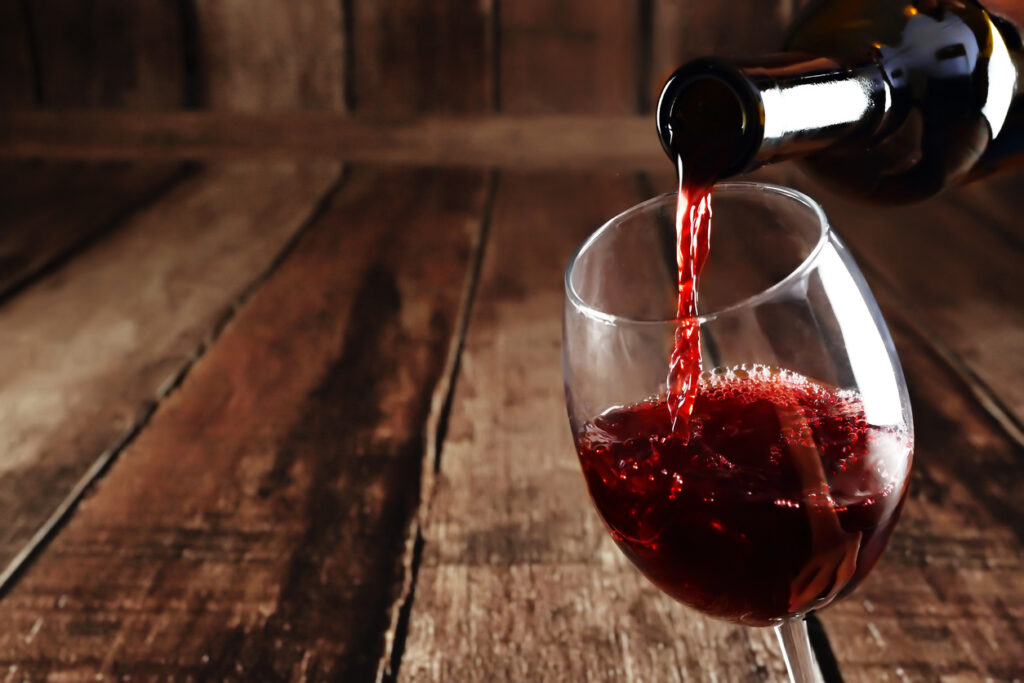
Styles of Merlot
But what sets Merlot apart from other red wines is its remarkable ability to embody different styles depending on where it’s grown. For instance, a bottle of Californian Merlot may exhibit riper fruit flavors and an opulent mouthfeel due to the warmer climate compared to a French counterpart that tends to showcase more earthy characteristics. This distinct adaptability allows for endless exploration when it comes to experiencing the wide range of expressions this varietal can offer.

Whether you’re already a fan of Merlot or new to this intriguing grape variety, there’s always something captivating waiting inside each bottle. From exploring different regions around the world that produce exceptional examples of this wine or discovering how various winemaking techniques can influence its flavor profile – there’s no shortage of new perspectives when it comes to deepening your understanding and appreciation for this timeless classic.
What is Zinfandel
Zinfandel, often referred to as America’s grape, is a unique and versatile wine varietal that has captured the hearts of wine enthusiasts around the world. While its origins can be traced back to Croatia, it is in California that Zinfandel has truly flourished and become an iconic symbol of the state’s winemaking prowess.
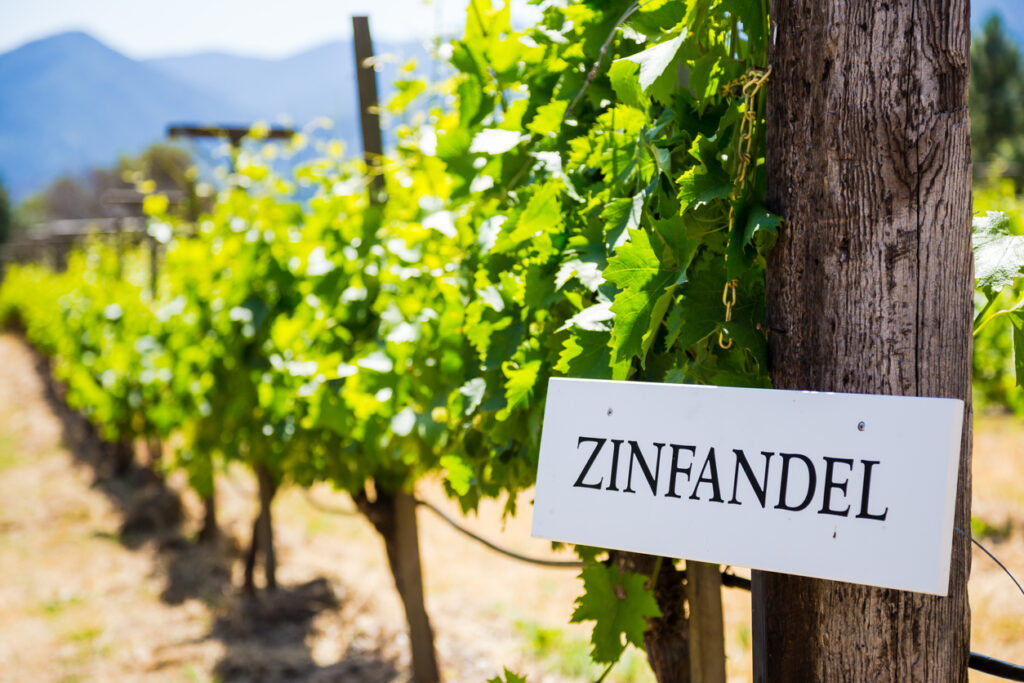
One of Zinfandel’s most distinctive features is its bold, robust character. With higher alcohol content than many other red wines, it delivers a punchy flavor profile that ranges from rich dark fruits like blackberry and raspberry to savory spices like black pepper and clove. This makes it an ideal choice for those who prefer full-bodied wines with depth and complexity.
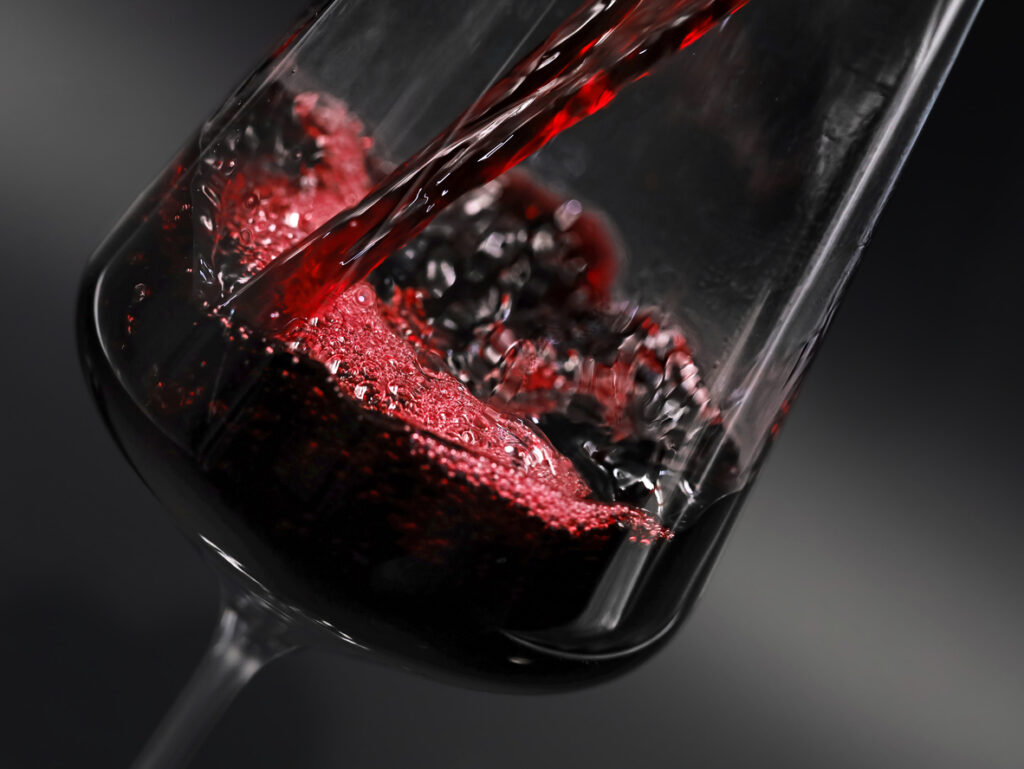
What sets Zinfandel apart from other red varietals is its ability to showcase terroir. The same grape grown in different regions can produce remarkably distinct results, allowing winemakers to craft diverse expressions of this beloved varietal. From the bright, jammy style found in warmer regions like Napa Valley to the more restrained and elegant versions from cooler areas such as Sonoma County, there’s a Zinfandel out there for every palate.
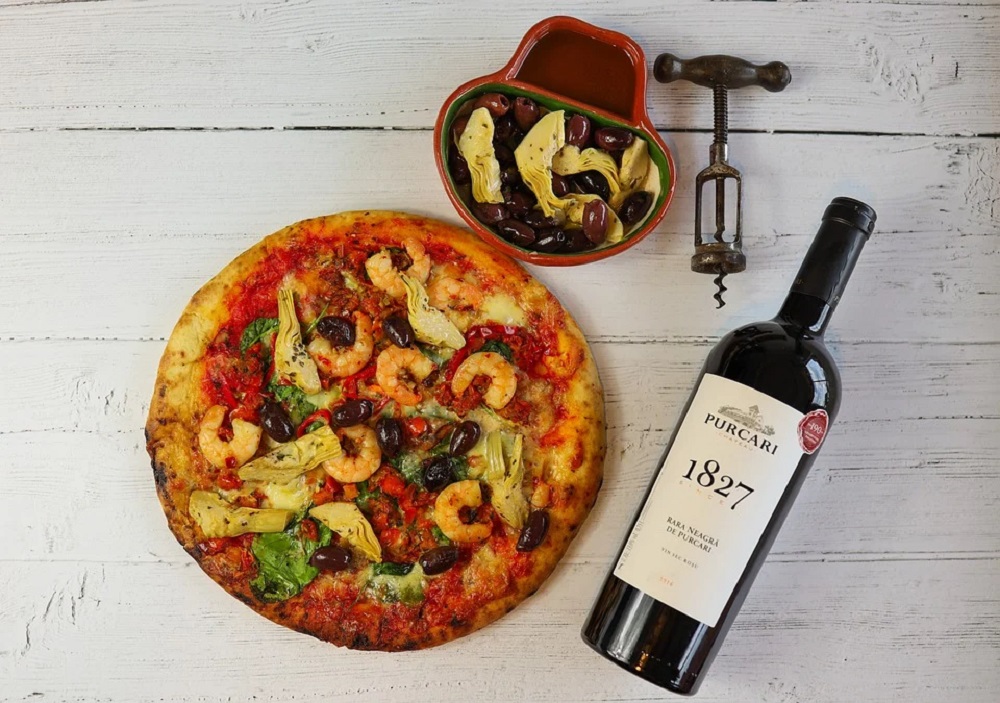
Whether enjoyed on its own or paired with hearty dishes like barbecue ribs or spicy sausage pizza, Zinfandel never fails to leave an impression with its vibrant flavors and mouthwatering acidity.
Zinfandel vs Merlot
When it comes to wine, the choices seem endless. From bold and robust reds to crisp and refreshing whites, the world of wine offers a plethora of options for every palate. Amongst these choices, two popular red wines often stand out: zinfandel and Merlot. While both are widely enjoyed by wine enthusiasts worldwide, they have distinct characteristics that set them apart.

Aroma
Zinfandel and Merlot are two popular red wine varietals that have distinct aroma profiles. Zinfandel is known for its rich, jammy aromas of ripe blackberries, dark cherries, and plums. The scent is often described as intense and fruity, with hints of spices like black pepper and cloves.
In contrast, Merlot offers a more subtle and nuanced aroma profile. It exhibits notes of red fruits such as cherry and raspberry alongside earthy undertones like tobacco or leather.

Frutiness
While both wines share similarities in their fruit-forward nature, Zinfandel tends to be bolder and more pronounced in its aroma characteristics. The high sugar content in Zinfandel grapes contributes to the intensity of its fruit aromas, making it an enticing choice for those who prefer big flavors. On the other hand, Merlot presents a more refined aromatic experience with its delicate blend of fruitiness and earthiness. This makes it an excellent option for individuals seeking a wine that exhibits complexity without overwhelming the senses.

Body and tannins
Zinfandel boasts a bold and intense aroma with prominent notes of blackberry, raspberry, and spicy undertones. This complexity gives Zinfandel a unique character that stands out among other red wines.
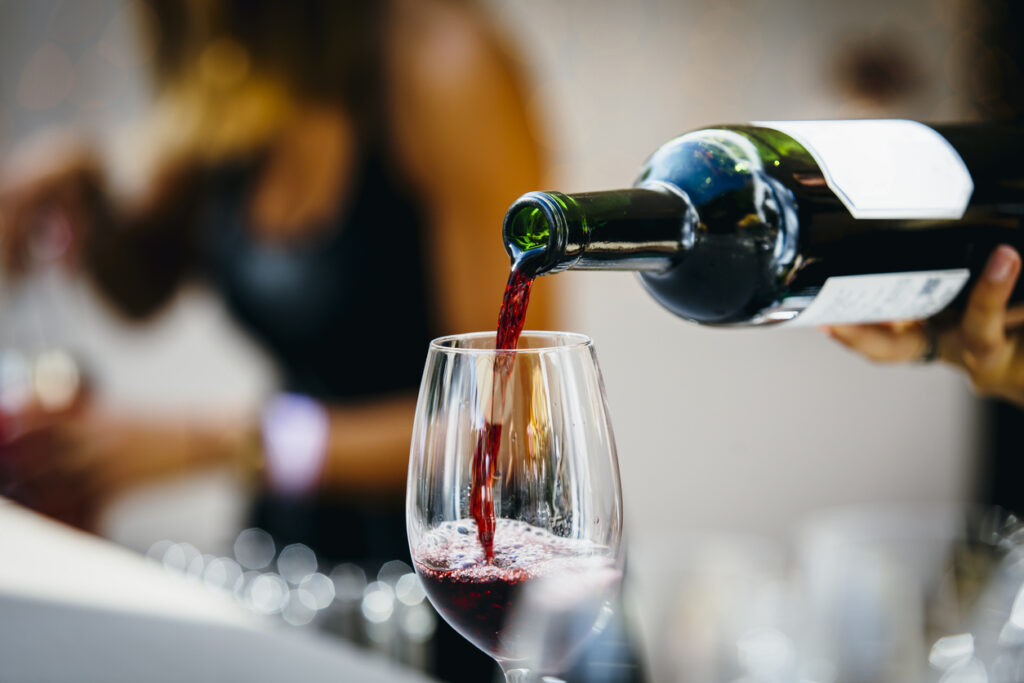
On the other hand, Merlot offers a more subtle and elegant aroma profile. Its bouquet is often described as having rich plum and cherry notes accompanied by hints of cocoa or vanilla. The softness of Merlot’s fragrance is reflected in its taste – smooth with velvety tannins that glide across the palate. Comparatively speaking, Zinfandel tends to have a fuller body with firmer tannins which contribute to its bolder taste sensation.

These differences in aroma can be attributed to various factors. These are grape variety, growing conditions, fermentation techniques, and aging processes. Understanding these nuances can enable wine enthusiasts to appreciate each varietal for its individuality rather than making broad generalizations about red wines in general.
Acidity
One key difference between Zinfandel and Merlot lies in their acidity levels. Zinfandel tends to have higher acidity compared to Merlot. This contributes to the bright and lively flavors found in Zinfandel. It makes Zinfandel a popular choice for those who prefer wines with a refreshing zing. On the other hand, Merlot exhibits a more moderate level of acidity, lending itself to smoother and more mellow characteristics.

These differences in acidity and flavor highlight how distinctively unique both Zinfandel and Merlot are from one another. Whether you prefer a wine with tangy brightness or silky elegance ultimately comes down to personal preference. Exploring both varietals can provide a fascinating tasting experience. As you navigate through their contrasting qualities you learn to make them stand out from each other.
Alcohol Content
When it comes to wine, one of the key factors that sets Zinfandel and Merlot apart is their alcohol content. Zinfandel typically has a higher alcohol content than Merlot. This is because Zinfandel grapes tend to ripen with a higher sugar concentration. The consequence is a higher level of alcohol during fermentation. The alcohol content of Zinfandel wines is between 13,5-17 % ABV.
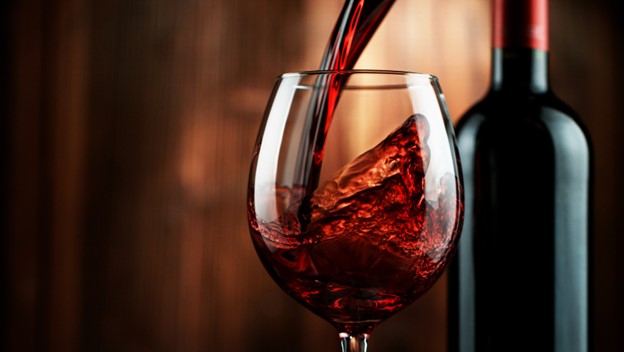
On the other hand, Merlot has a lower natural sugar concentration, which translates into a milder alcohol content. Merlot wines only have alcohol contents of 13,5-15 % ABV.
The difference in alcohol content between these two wines can greatly influence their taste profiles. Zinfandels often have bolder and more intense flavors due to their higher alcohol levels.
How to serve Zinfandel and Merlot
When it comes to serving Zinfandel and Merlot, there are a few tips and tricks that can greatly enhance the enjoyment of these fantastic wines. Firstly, it is essential to consider the temperature at which they are served. While Zinfandel flourishes when slightly chilled between 55-60°F (13-15°C), Merlot is best served at a slightly higher temperature of around 60-65°F (15-18°C). This subtle variation in temperature can make all the difference in experiencing the full range of flavors and aromas in each wine.
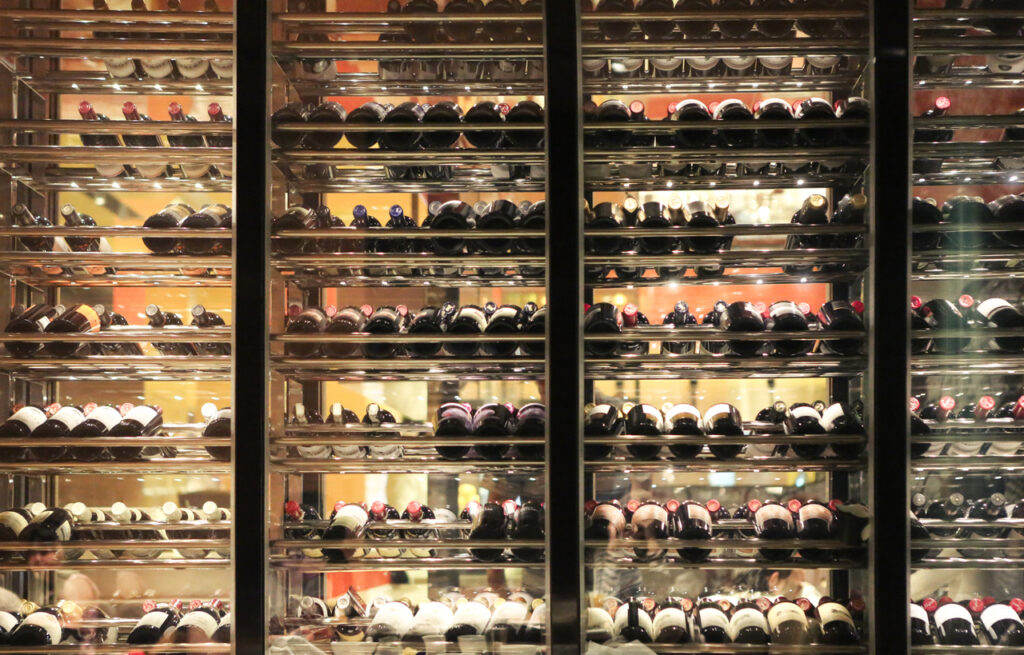
In terms of glassware, selecting the right kind can further elevate the tasting experience. Both Zinfandel and Merlot benefit from being served in larger, wider-mouthed glasses that allow for maximum aeration. The increased exposure to oxygen enhances the development of their complex flavors over time.
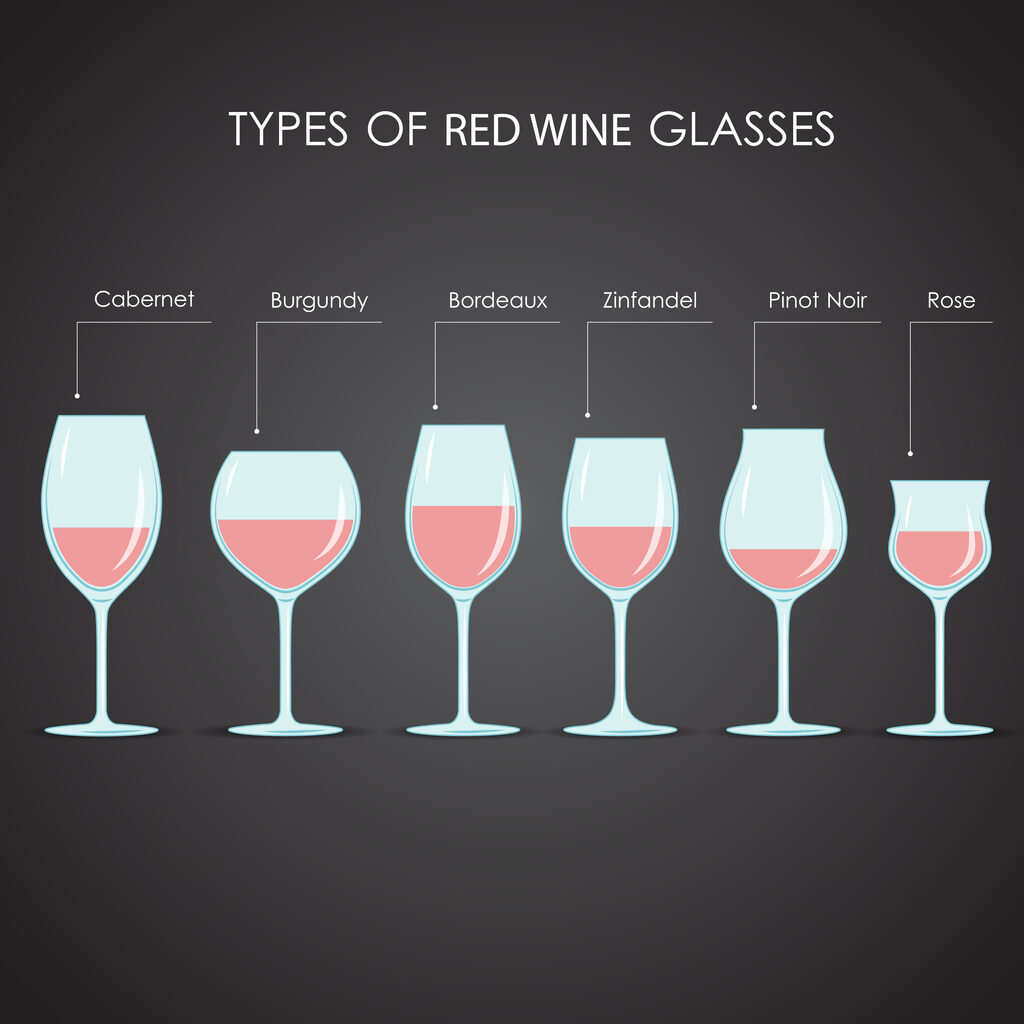
Additionally, decanting these wines before serving can be beneficial, particularly for older vintages or more robust styles. By allowing them to breathe and release any trapped aromas or sediments, you unlock an entirely new level of expression and depth.
Do you decant Zinfandel and Merlot
Decanting is often associated with bold and full-bodied red wines like Zinfandel and Merlot. While these varietals are known for their richness and complexity, decanting takes the experience to a new level. Decanters allow the wine to come into contact with oxygen. It softens tannins, enhances aromas, and brings out the true character of the wine.
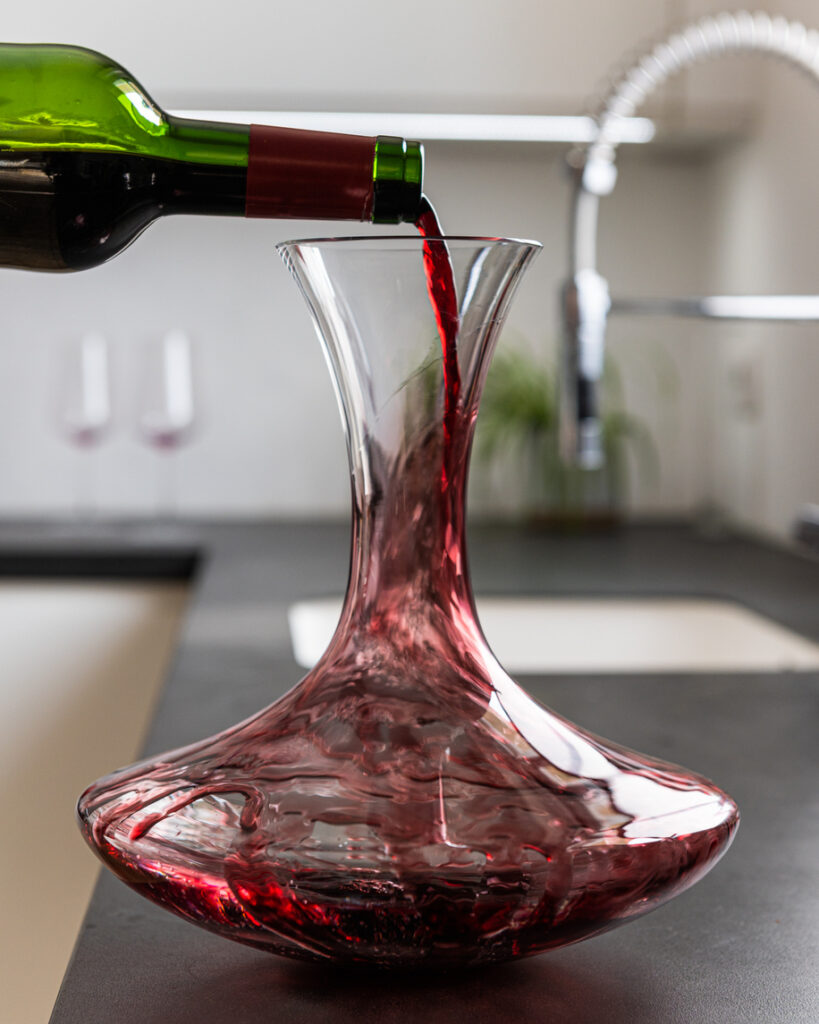
For Zinfandel, a minimum of one hour of decanting is recommended. It allows the deep dark fruit flavors to develop further while revealing hints of spice and pepper. On the other hand, Merlot benefits from a shorter period of decanting. 30 minutes should suffice to unlock its velvety texture and showcase its lovely bouquet.
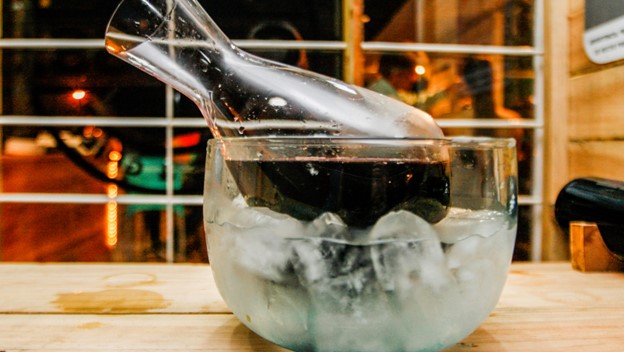
When serving Zinfandel or Merlot after decanting, temperature plays an important role in ensuring optimal enjoyment. Both wines should be served at a slightly cooler room temperature, around 60-65°F (15-18°C). This will help accentuate their vibrant fruit characteristics without overpowering them with alcohol or masking complex flavors. Investing in a wine thermometer is highly recommended. It allows you to monitor the temperature accurately, delivering a delightful experience sip after sip.

